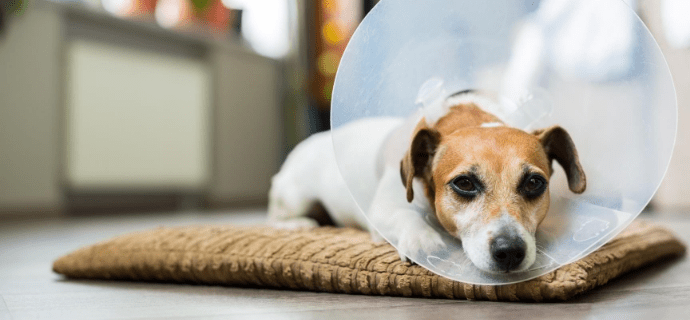Stop Dog Theft

Dog theft is rapidly on the rise in the UK where cases have reached more than 2,000 for the first time in 2021. Pet snatching incidents increased by an alarming 39 per cent following lockdown according to the Metropolitan Police. This means that dog theft is the fastest growing crime of its kind in the UK.
In March 2021 police and crime commissioner, Katy Bourne, found that more than 80,000 of 125,000 people surveyed said they are more fearful of taking their pet for a walk in the daytime. More than 27,000 of those surveyed also said they knew someone whose dog had been stolen in the past year.
There is very little data about how widespread dog theft is currently, or what happens when a dog thief is caught. Under the Theft Act of 1968, stealing a dog is a crime. However, dogs are classified as personal property in the U.K. The severity of the sentence depends on the value of the dog. Under current laws, dog thieves receive a maximum of seven years in prison. Sussex Police now add a flag to crime reports if they include a pet, so that officers can track how many cases they receive, a practice Bourne said should be repeated across the UK.
Which breed of dogs are most likely to be snatched?
The top five most targeted breeds are Staffordshire bull terriers, Chihuahuas, French bulldogs, Labradors and Jack Russells.
How are dogs being stolen?
Thieves use many tactics and are becoming more aggressive. Knowing how they operate will help to keep your pets safe. They are stolen from gardens, vehicles, outside premises and when out of sight running off the lead.
Keeping your dog safe outside
- Do not leave your dog tied up outside a shop. You will make them a vulnerable and easy target for opportunist thieves. 7% of pets reported stolen were left tied up outside a shop.
- Don’t leave your dog alone in the car, even for a few minutes. Thieves can easily break into your car to steal your precious pet. In addition, dogs left in cars without ventilation are at risk of heat stroke.
- Train your dog to walk to heel and come back when called. Never let them off the lead if you are not sure they will come back to you. If in doubt, use an extending lead, especially if you are in an unfamiliar area where your dog may get lost more easily.
- Vary your walk time and routes.
- At home, make sure your garden is secure and fit a bell to the gate so you hear if anyone opens it. Consider security cameras or video doorbells which alert you to motion as well as record potential evidence. Never send your dog out to investigate a noise. The Pet Census reveals that 52% of stolen dogs are removed from gardens.
Other things to consider
- Make sure your dog is wearing a collar with ID tag and is microchipped. Remember to keep your details up-to-date, especially if you move to a new house or change your telephone number. Dogs and puppies in the UK must be microchipped by eight weeks old, by law.
- Place a GPS tracker on your dog’s collar.
- Take clear photographs of your dog from various angles and update them regularly. Make a note of any distinguishing features.
- Have lots of photographs of yourself with your dog, to help you to prove ownership if needed. This is particularly pertinent in view of the current scam where thieves pretend to work for RSPCA/SSPCA to fraudulently take ownership of your dog.
- Take care when choosing someone to care for your dog if you are going away from home or need a dog walker whilst you go to work. Use a reputable company such as Animal Aunts who have animal sitters that have been through a stringent interview process and background check.
- Be aware of markings outside your house. Thieves often leave a marking to signal that you have a dog. Clean away any markings you see immediately.
Deter dog thieves while out walking
- Beware of strangers asking you questions about your dog.
- Change the walking times and routes; some dogs are actually targeted and grabbed while out walking.
- Carry a personal alarm (or use the facility on your mobile phone).
What to do if your dog is stolen
- Contact the police and demand that it be handled as a crime rather than a missing animal. Request a crime reference number.
- Notify the city council’s dog warden and your local vets about the theft.
- Talk to people in areas where dog walkers go, such as local parks and public places, and ask them to keep an eye out for your dog.
- Report the loss/theft to the microchip database, you will then be informed should anyone attempt to re-register the chip number.
- Make posters including a clear photo of your dog and contact details. Post them in public places near your house, as well as in relevant locations such as vets, local parks, etc.
- Contact local animal shelters and rescue charities and send them posters to display.
- Review your pet insurance, some policies provide financial support for rewards and other financial costs such as poster creation.
- Report the loss on missing animals websites such as Dog Lost and Facebook groups, make your dog too hot to handle!

Filled under: Animal Aunts, Dog health, dog theft, Dogs
Tagged with: dog safety, dog theft, dog thieves









